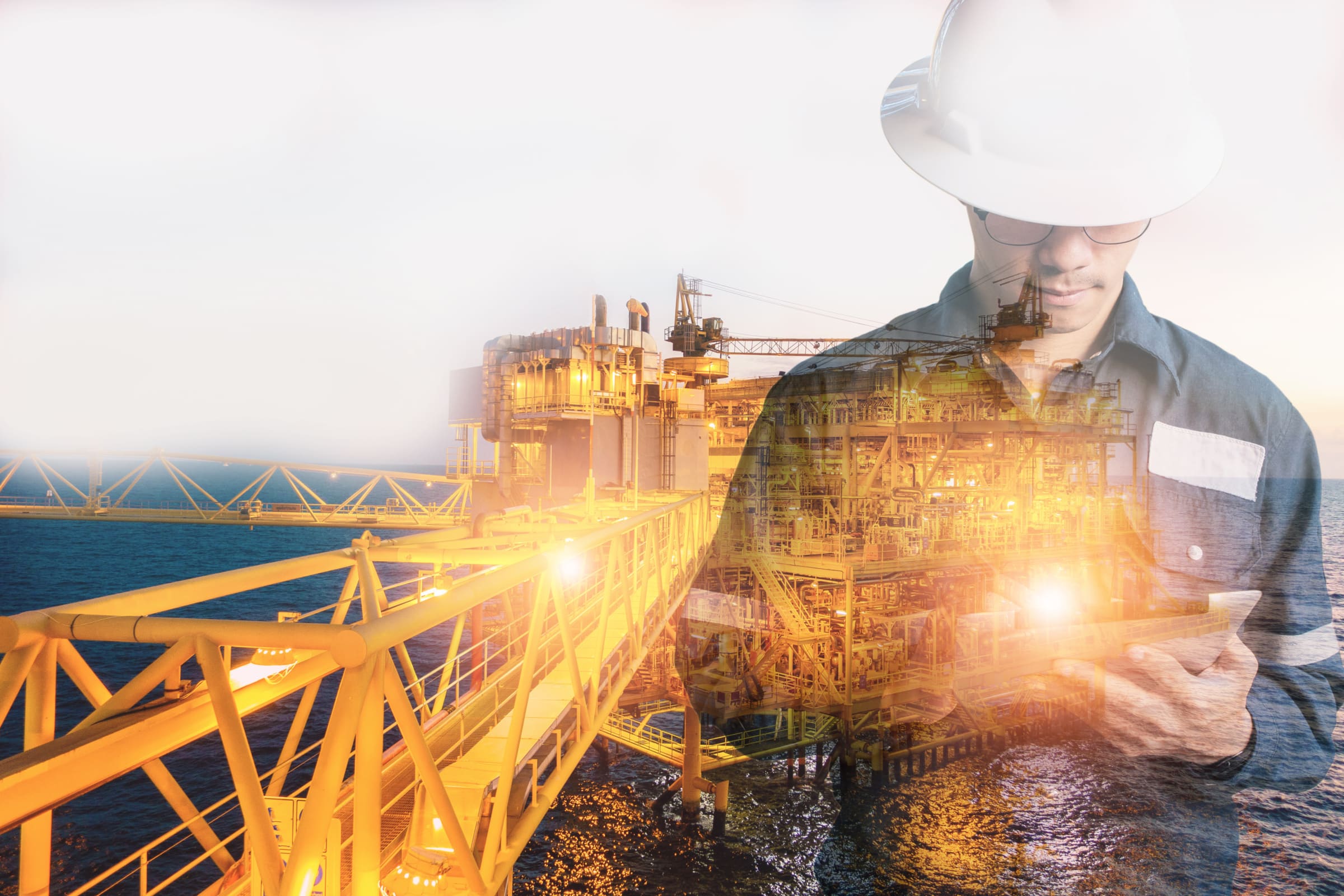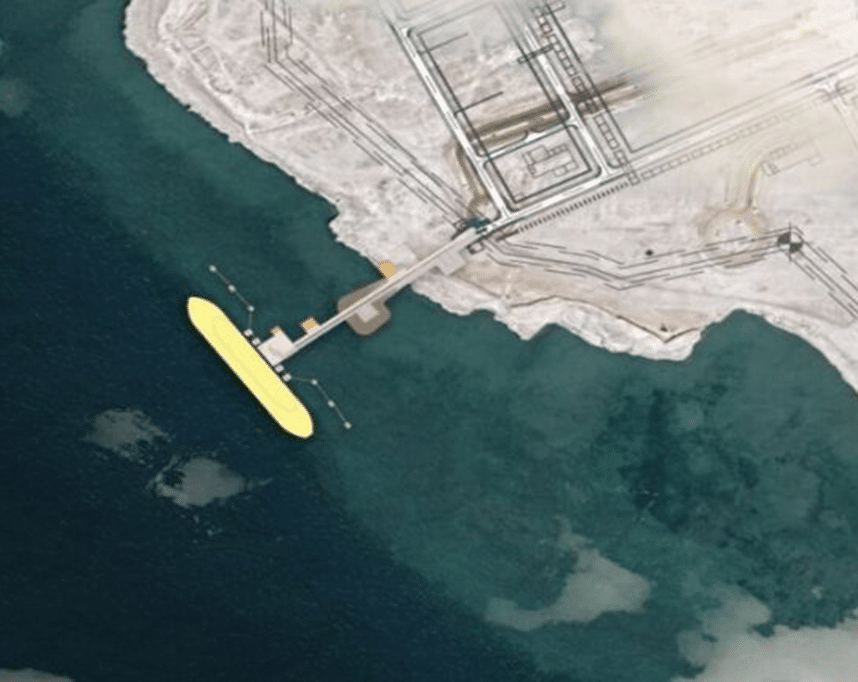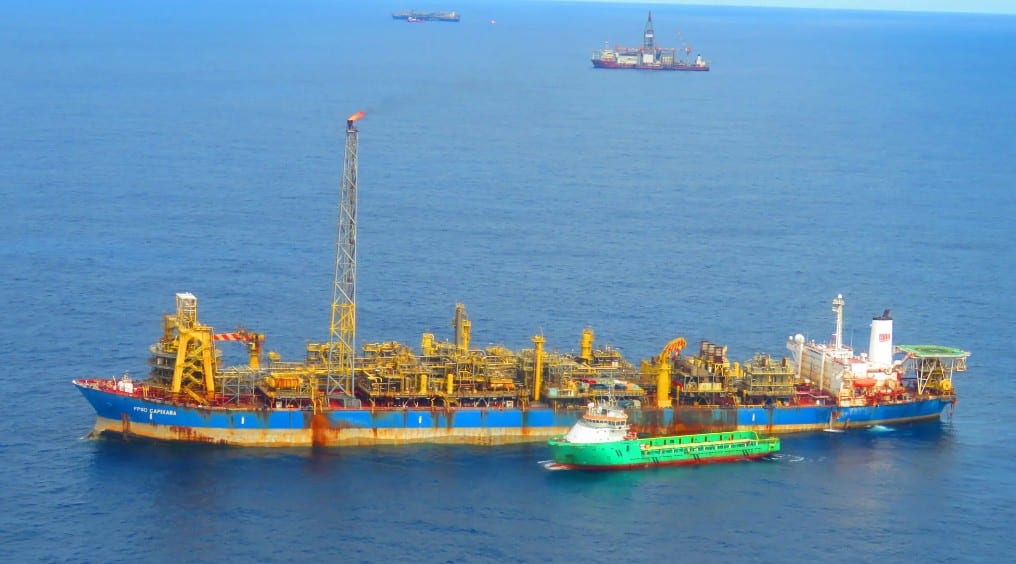

Facilities & Subsea
Provide end-to-end design and engineering services for facilities and subsea infrastructure, helping to enhance safety, efficiency and performance across the entire asset lifecycle. Longitude’s offering spans feasibility, concept and FEED studies, to detailed design, construction and operational support, and finally decommissioning.
Home » What We Do »
Our Expertise In Facilities & Subsea
At Longitude, we specialise in delivering engineering solutions for both onshore facilities and subsea systems. Our expertise spans the full project lifecycle – from concept development and detailed design to installation and integrity management. From optimising topside facilities or designing subsea architecture for deep-water operations – Longitude Engineering can support.
Our Services in Facilities & Subsea
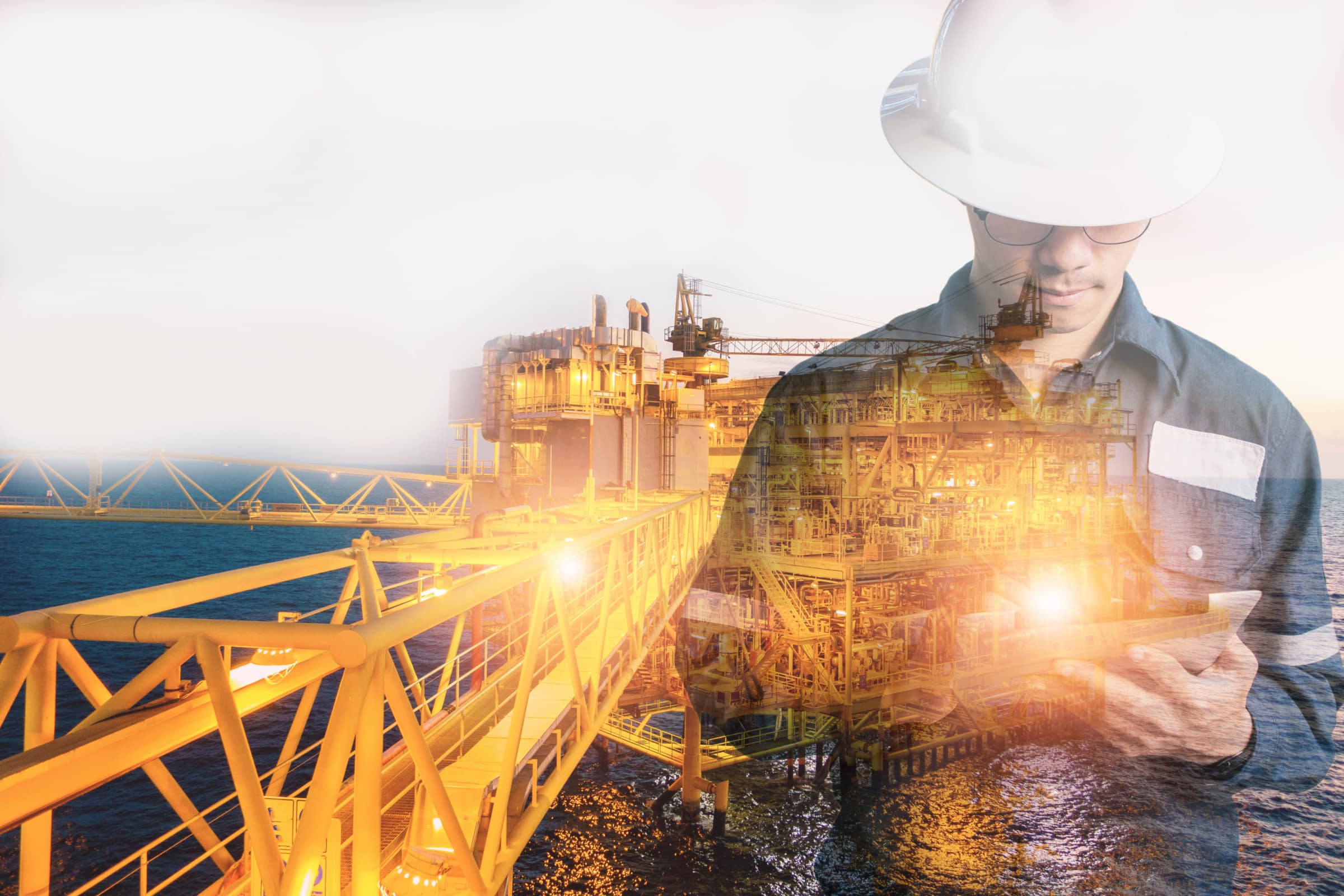
Asset Integrity & Reliability
Longitude provides a lifecycle approach to asset integrity management, with technical services to build in processes, actions and procedures right from design through to later life and decommissioning…
Read More

Brownfield Modifications
Longitude’s team have extensive experience in the engineering of brownfield modifications around the world, including to facilitate decarbonisation initiatives. Our unique blend of operational exper…
Read More
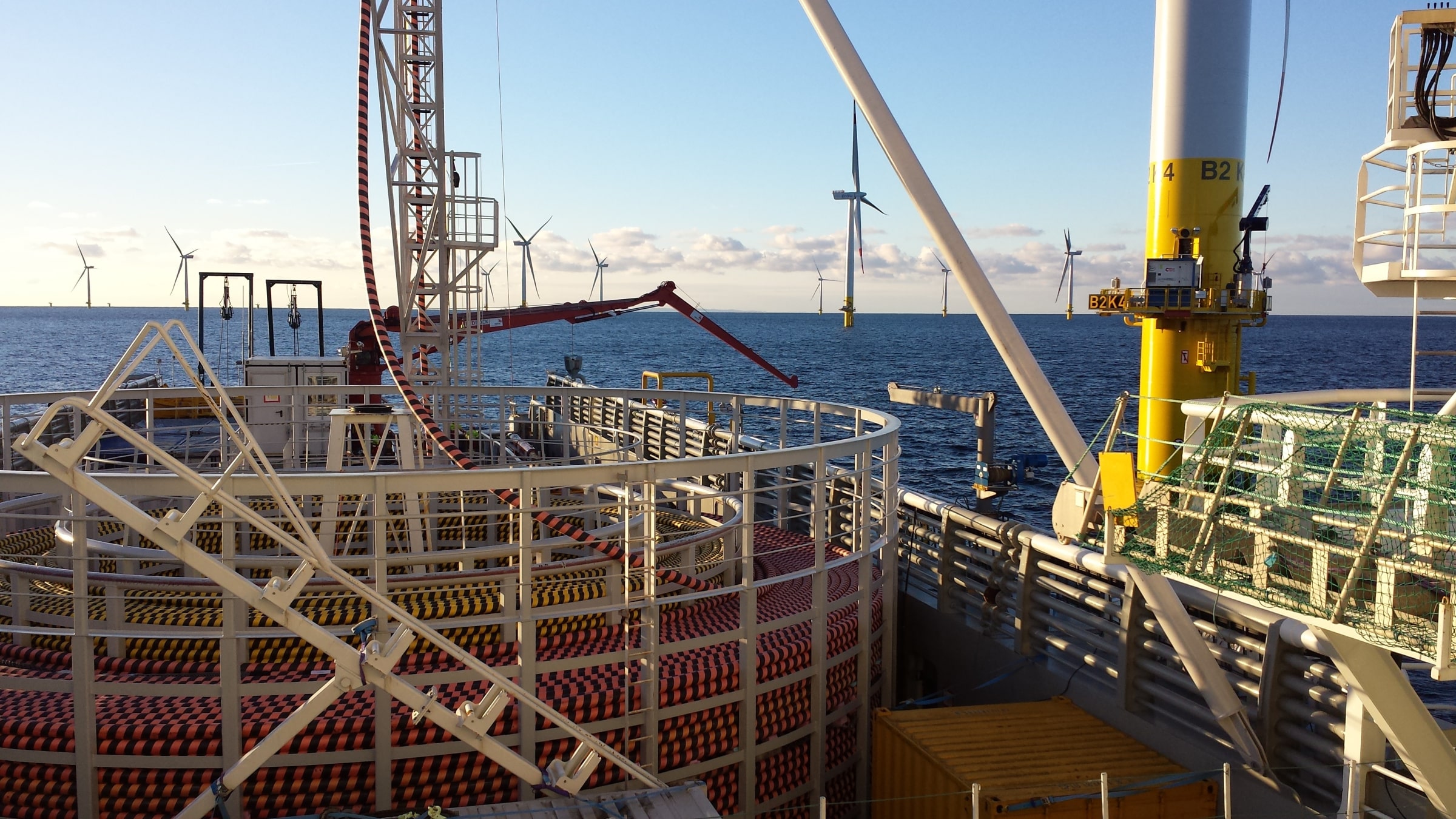
Decarbonisation
With a distinguished track-record across key energy transition and sustainability technologies, Longitude is well placed to provide a design and engineering from early concept and development through …
Read More

Decommissioning
As part of ABL Group, we have an elite track record in end-to-end support for decommissioning projects around the world. Longitude’s expertise includes design and engineering for plug and abandonmen…
Read More
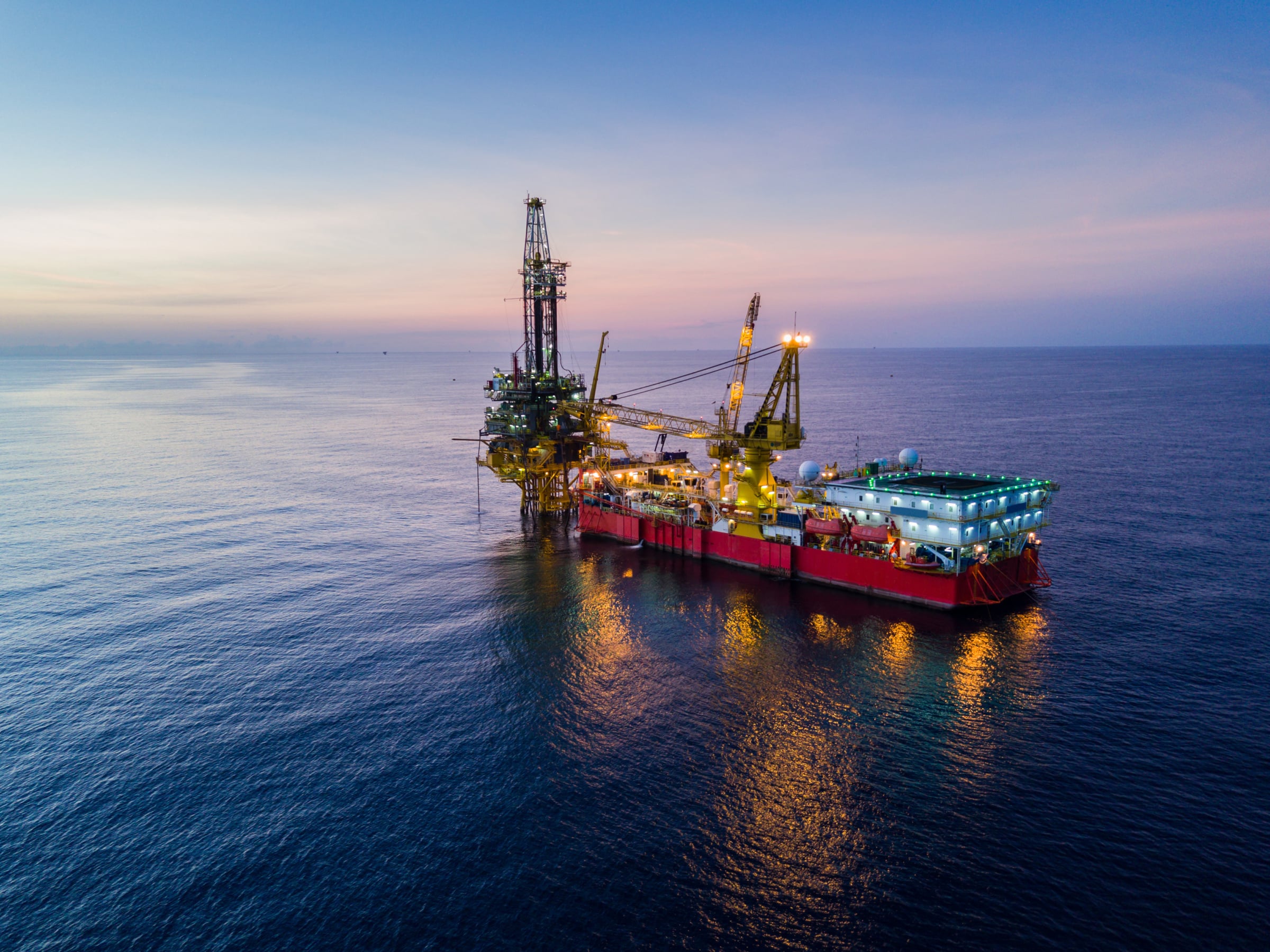
Field Development
Longitude provides an end-to-end service to support the safe and competitive development of an oil & gas field, with service expertise from development, engineering, construction, to operations, asset…
Read More

Life Extension
When considering the life extension of an asset, we understand the wide range of considerations and risks to be explored. From an in-depth life extension analysis and study, through to engineering and…
Read More
Our Value
Our Experience
View All Case StudiesSpeak to our team
If you have any questions, feel free to contact us by filling out our form below. Our friendly team will get back to you as soon as possible.
Our Design and Engineering Services
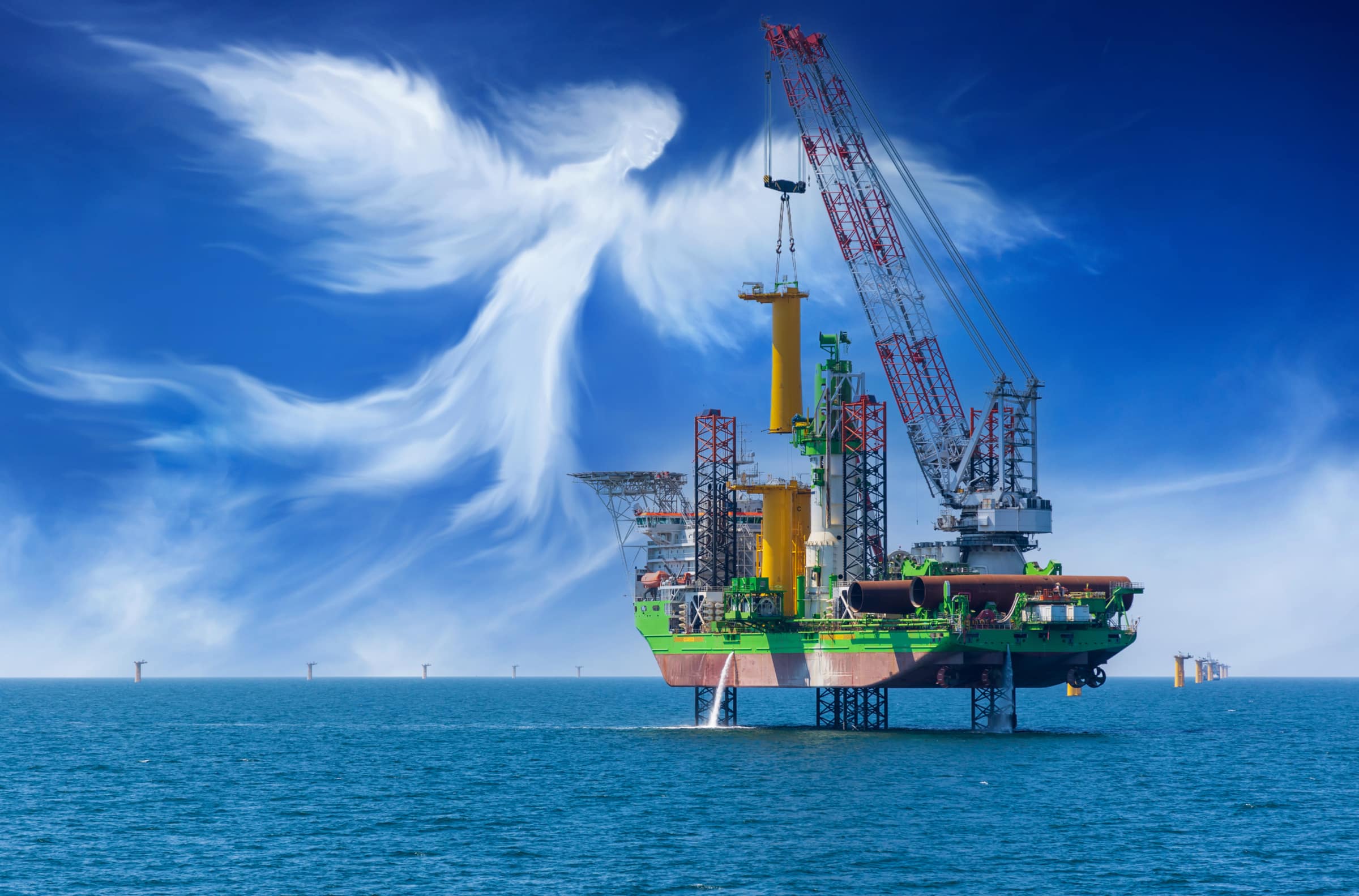
Marine Operations
Established as the independent engineering arm of our sister company, the energy and marine consultants ABL, Longitude is a leading provider of marine operations engineering services. Our experience i…
Read More

Offshore Wind
A trusted partner in offshore wind, Longitude has a specialist team in offshore wind foundation design from concept, FEED to detailed design. Our expertise covers bottom-fixed wind turbine generator (…
Read More

Ship Design
Access tailored solutions from Longitude, combining our rich legacy in naval architecture and structural engineering with the expertise of OSD-IMT, acquired in 2021. Whether you’re planning new buil…
Read More
Related Media

01/12/25
Proper Marine Becomes Longitude
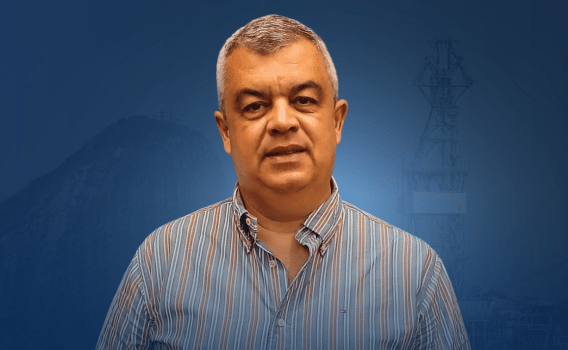
30/10/25
Meet the Team: Mario Santos | Longitude Brazil
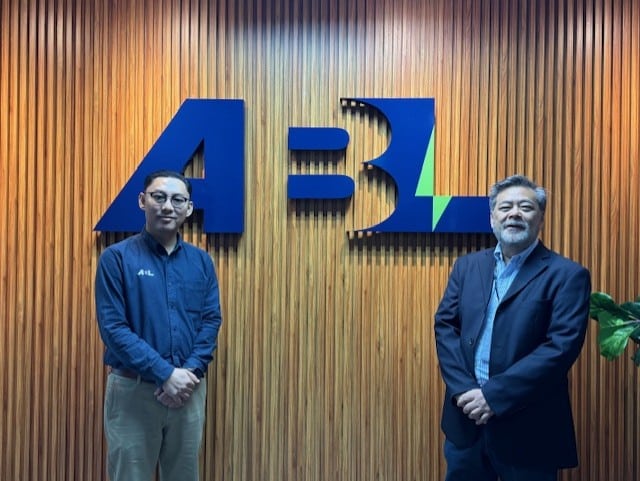
09/09/25
Longitude Appoints Johan Samad to Lead Facilities & Subsea Engineering in Asia Pacific
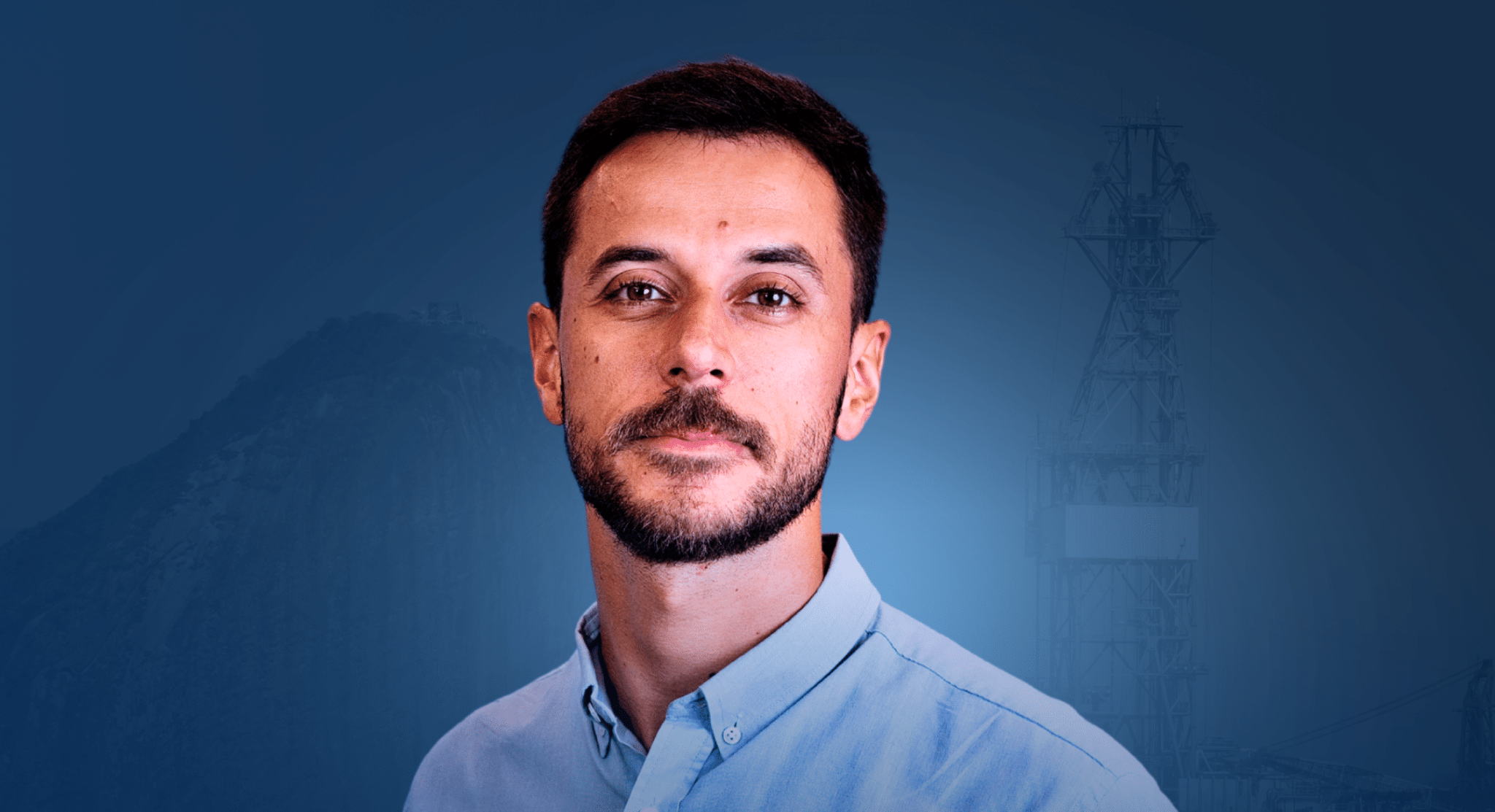
09/09/25
Meet the Team: Felipe Amaral | Proper Marine, Longitude Brazil
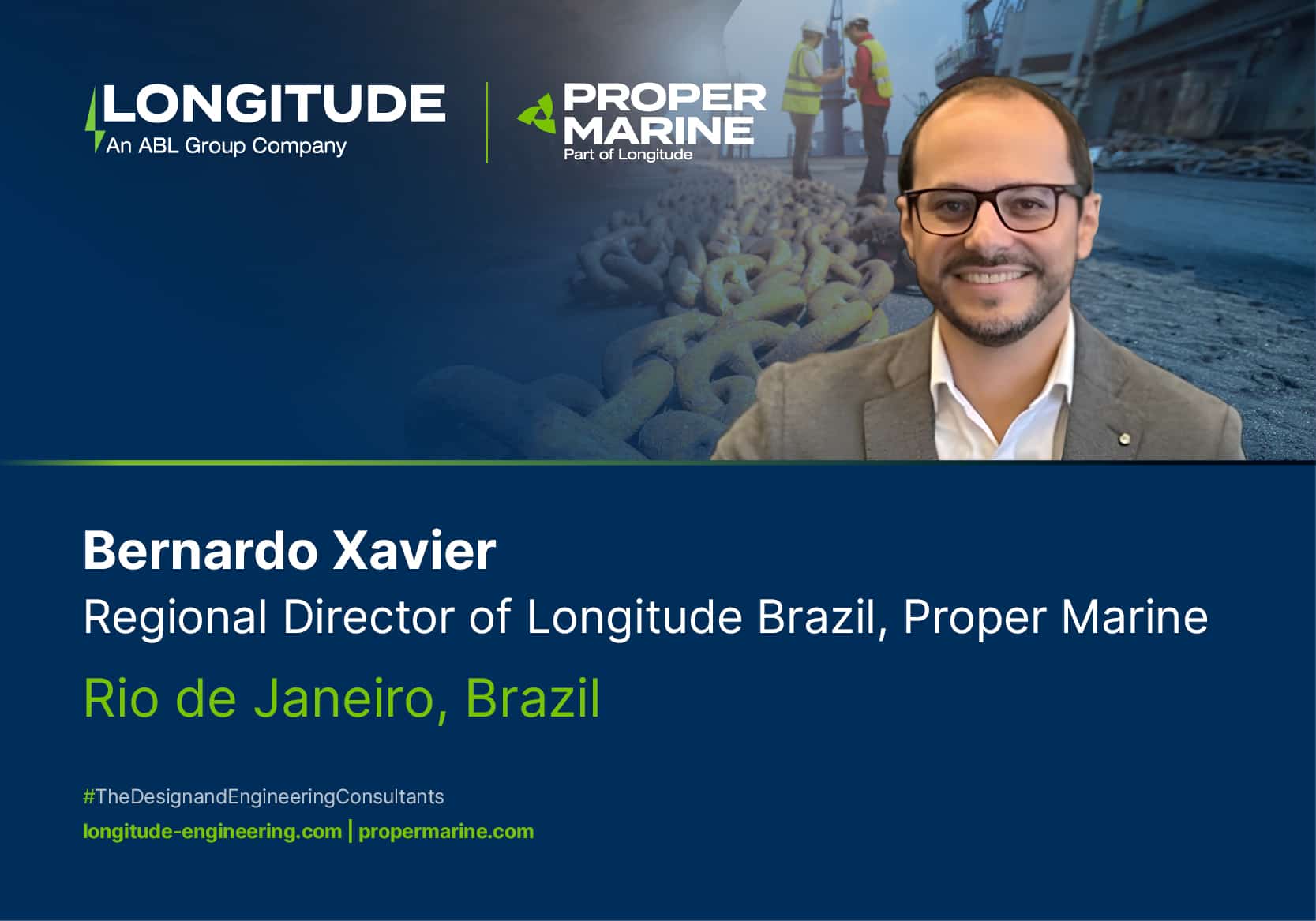
06/08/25
Meet the Team: Bernardo Xavier | Rio de Janeiro, Proper Marine

03/07/25

